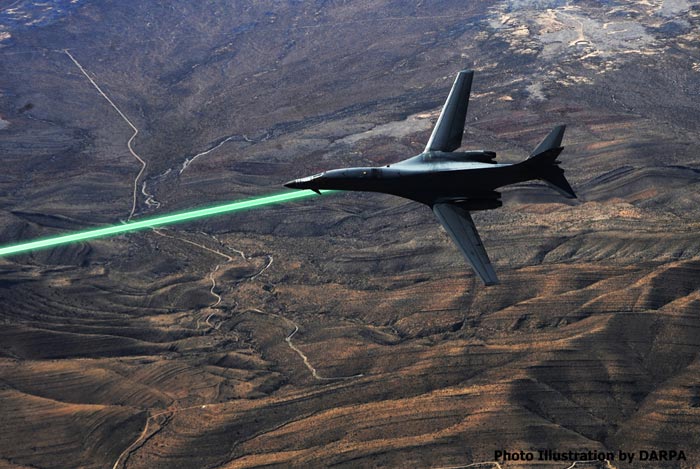Drones Will Use Lasers So Other Lasers Can’t Shoot Them Down
Air defense is becoming a light show

Drones will be getting their first lasers. They won’t be used to attack enemy targets, though–the lasers are to stop enemy lasers from shooting them out of the sky.
The U.S. military has been researching lasers since the 1960s, though they’ve mostly been used for guidance systems. But self-flying drones are particularly vulnerable to newer hand-held or vehicle-mounted lasers on the ground. Without a pilot onboard or on the ground, they can be easily blinded by lasers disrupting their optics systems, knocking them out of the sky.
Enter Helios, an anti-laser laser. Those offensive lasers can be effective against drones, but it takes time for them to really pack a punch–several seconds at least. For those crucial seconds, the laser must remain focused on its target. Helios aims to disrupt that focus.
Helios was developed by Adsys Controls in Irvine, California. A lot of the details about how it works are still hush-hush, but the key idea is that Helios has some way of interfering with the attacking laser’s focus. Whether this is by fooling the attacking laser into thinking it’s hitting the target when it actually isn’t or perhaps some other method, Adsys CEO Brian Goldberg wouldn’t say exactly, according to New Scientist.
So, Helios can keep a drone safe, by continuously disrupting any lasers trying to bring the drone down, but it might just be susceptible to the same problem. Helios works by detecting the incoming laser’s power, wavelength, and so on, but if that laser could do the same, they might just end up in an old-fashioned laser stand-off.